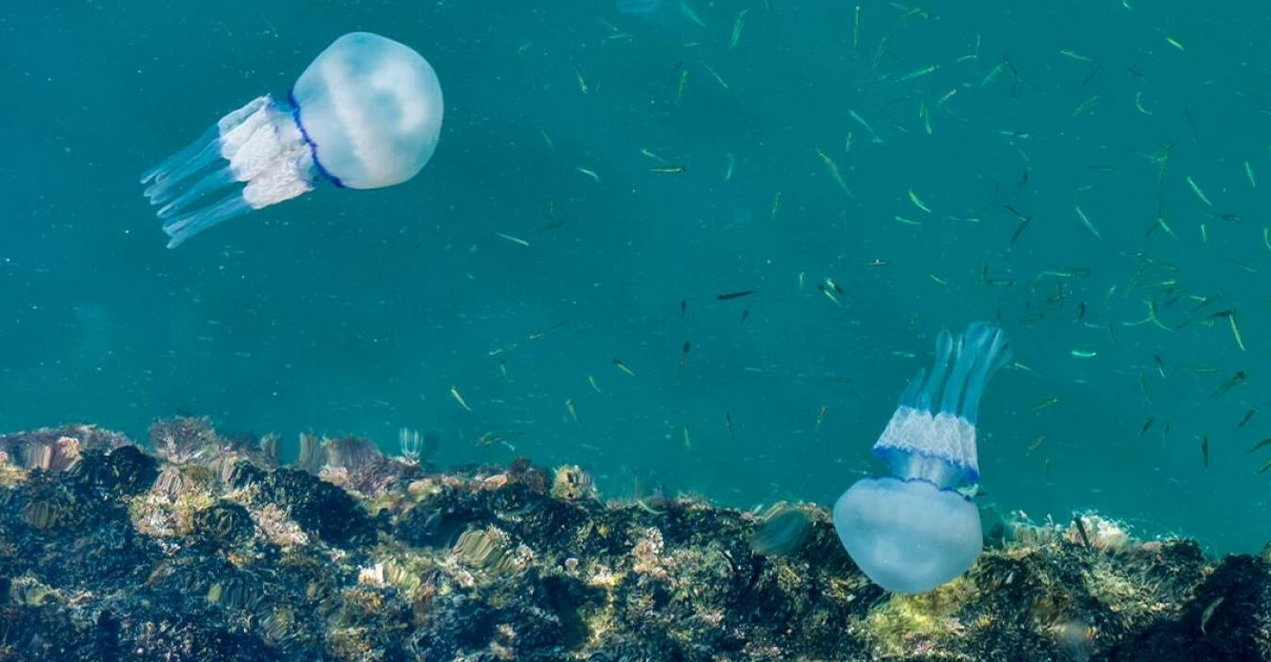The tropical jellyfish Rhopilema nomadica, which appeared in Rhodes in mid-March, has now been observed on several beaches of the island.
As stated in a statement by the Hydrobiological Station of Rhodes, Rhopilema nomadica, also known as the nomadic jellyfish, has a hemispherical shape, transparent to bluish color, and a diameter usually ranging from 30 to 40 centimeters but can reach up to 1 meter.
On the underside of its body, there are 8 clusters with nematocysts, small centers with venom, which, if they come into contact with the skin, cause intense pain, burning sensation, itching, and irritation of the area. Therefore, even if we find a jellyfish on the beach, we avoid contact with bare hands!
Since the 1980s, periodic outbreaks of the population have been recorded in the Greek seas.
See Also:
Cosmic explosion will be visible to the naked eye in once-in-a-lifetime stargazing event
Here are the basic guidelines in case of an unpleasant encounter with a Rhopilema nomadica jellyfish:
- – Remove the clusters or other remnants of the jellyfish using a plastic card, tweezers, a stick, or even a plastic spatula from a child’s toy. Do not touch the jellyfish with bare hands!
- – Rinse with seawater, but do not rub the area. Do not use freshwater!
- – Do not cover the area with bandages.
- – Do not use medication without medical advice as symptoms may vary from person to person.
- – If pain and swelling persist, consult a doctor.
- – In the case of an allergic individual, that person should immediately contact/visit a doctor or hospital.



